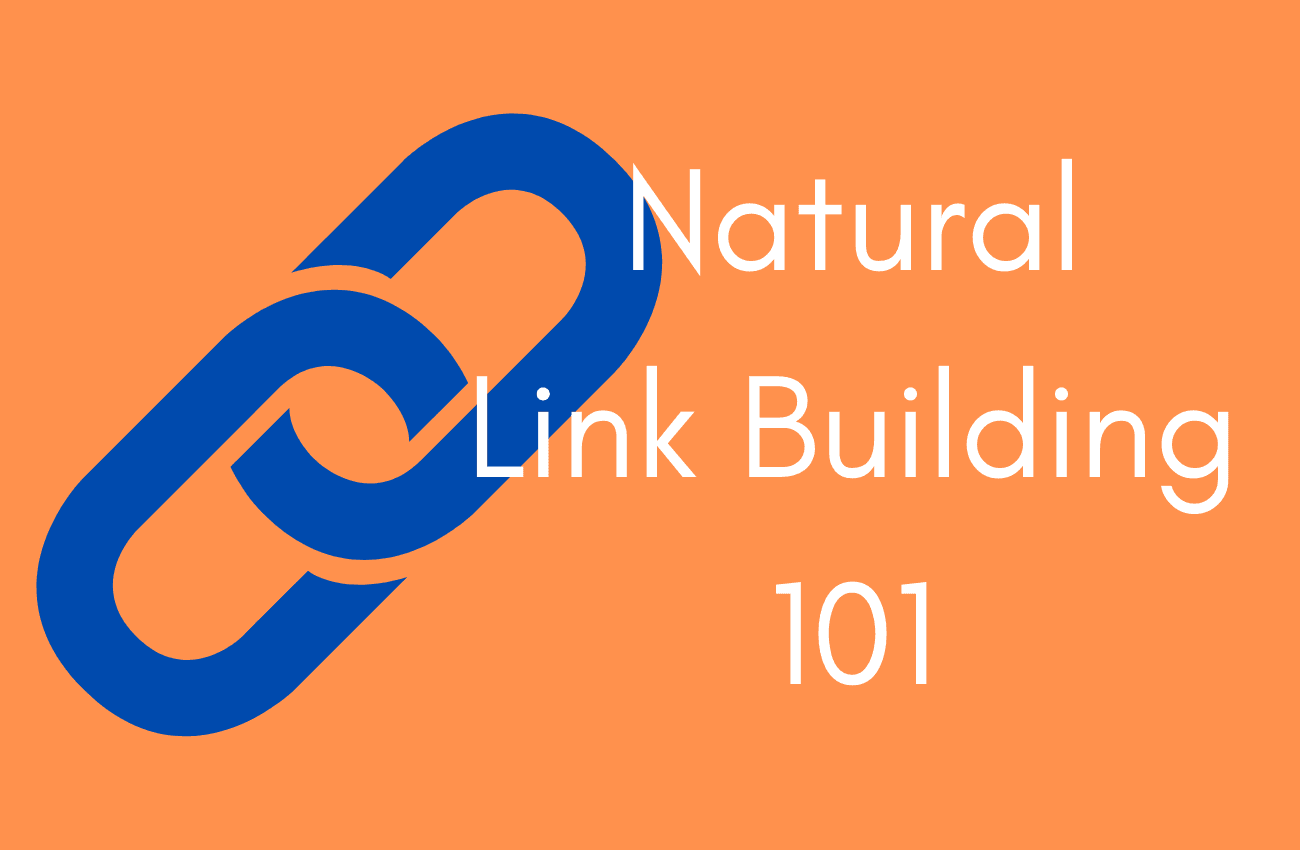Natural link building played a vital role since the first website ranking algorithm was developed, and at present, they still play a very important role. To get traffic on your website on its own and to get recognized in your niche one should focus on natural link-building techniques. With the help of natural link-building techniques, content marketers can do whatever they want to do, like creating good content, etc.
Natural link building explained
Natural link building is easily defined by its name. It is the building of backlinks naturally, and the website owner does not have to anywhere to generate these links. There is no need for guest posting or using any other form of building practice. These natural links are built when some bloggers, webmasters, or other website owners link to your content: a product, an image, a blog, some videos, or any other thing that can be content. It is very useful for the visitors and the readers and useful for adding value to the pages and the websites. For natural link building, you can link your website with content. Like writing content about your niche, you can exhibit your expertise in your field, and along with this, you can gain tons of backlinks that are important for your website. Three different ways are used to get links from different websites with good content other than your blog website. These three ways are listed below:
1. Guest blogging
For a new audience, guest posting is the best method to get your name, company and link in front of them. Write good content on your blog as a writing sample to be shown in front of your audience. After that, you can easily reach out to other blogs related to yours, and definitely, their audience can be potential clients for your blog site.
2. Article marketing
After the latest update of Google panda came out, the majority of the famous sites, such as Ezine Articles, suffered a lot. From that day onwards, these sites are taking quality more seriously than quantity. However, the real value provided by link building by writing articles on these sites is still unclear.
3. Videos
With the help of videos, very good content can be made, which can also be useful—for example, YouTube. You will see different types of videos that are very beneficial for almost everyone. You can add the link of your blog website in the description also to get more audience. If someone came to your video while looking at something and they start watching your video. If they like your video, they can go directly to your website by just tapping on the link present in the description.
Social media channels like Twitter, Facebook, Linked In, etc. will help you reach prospects directly. Have your presence on social media to interact with the prospects directly and help them solve their problems. Engage with communities in social media forums to link with them. There are many options like blog commenting, forums, Q&A networks, etc. And to check the number of clicks of your links, you can use UTM parameters, but use it for LinkedIn and YouTube only as other displays complete URLs, which is lengthy and ugly.
Types of natural link
In terms of off-site SEO, link building is a very important thing. Based on the equality and number of pages, google, a search engine ranks those pages high in the search result. The more links you have, the more ranks you will get whenever a person searches for the keyword related to your website. Have a look at all three types of links;
1. Natural Link
A natural link is a good link that occurs organically. These links do not have any tracking parameters and do not exist within the paid or sponsored content. Natural links do not redirect through monetization tools and JavaScript. It exists only as a reference to a source, piece of content, or website.
2. Un-natural link
Un-natural links are paid links and have tracking parameters, for example, the medium and the UTM source. On a site, unnatural links are within the sponsored content. The reason behind it is that search engines do not know that who paid for the content. You can find these links in outbound redirects, in the site’s code, and some other mappable techniques. You can place and track unnatural links using media buyers, PR firms, or monetized through affiliate programs, influencers, CPC campaigns, or monetization scripts. Google can take manual action if and only if the links are not no-follow on your site. Due to this, algorithmically, your site can be impacted negatively (most likely by a penguin). All this happens because they are not natural and not earned links.
3. Semi-natural link
It is the link that has a mixed link pattern. You will find a natural link that uses tracking parameters. Influencers share links for the money as it is their bread and butter. When you click that link will lead you to a page (landing page) with tracking parameters. Another way of spreading natural links due to the organic but unnatural link scheme is that aggregators, bloggers, or others like that who are following these links may copy and paste the link provided to them directly in their content or site, which have the same parameters to that link.
You have to set a redirect, so then the parameters will pass as the person tries to reach your site by any tracked link, but along with this, you also have to resolve the structure of the natural page. For example, to a version, the utm_campaign redirects without any UTM parameter. And now, you will have the non-tracked and standard URL similar to the one they use. You will also get back the traffic, sales, and leads to the original site.
Importance of natural link building to the business
Natural links are the safest, the best, and the fastest link and are the most efficient way to promote a website or a blog. Your content will always feel secure with natural links that your content is good, and with a change in the Google algorithm, the traffic and rankings will not change. Natural link building is not guest posting, as when you publish your content, you include a link to that website, and it is not the natural building of a link in any case. But yes, it does not mean that it is bad or something not good for you, but these links are not termed as natural links.
Benefits of natural link building
Let’s have a look at the benefits of natural link building;
- Traffic Flows in – the day your blog post will feature on your website home page, you will receive a lot of traffic to your blog.
- Niche recognition – If a top blog references your business or content you will get recognition in your niche and earn an authority score from Search Engines.
- More natural links – Authority and recognition attract influencers and ultimately they connect with you through endorsement through linking with your website.
- More social shares – if your post is getting more natural links, it automatically means that it is also getting more attention and shares on social media networks.
- Better rankings – Upcoming links to your website or blog will improve their ranking can affect the website page. Your page ranking will also increase when your blog page receives links naturally; hence, your first-page ranking will be good.
How to get natural links?
The natural link-building technique is the only solution to earn it. Let’s have a look at it;
1. Create good content
To get people to link it naturally, your content has to be good. In the beginning, you may not get many readers, but you have to keep assuming that many people are reading your work to make improvements. Along with all this, future planning is important too. To keep maintain your audience once traffic starts coming, you have to provide them with quality content
2. Social media presence
Social media directly impacts natural link building, but yes, it may not have a direct impact on rankings. It is easier to reach your targeted audience through social media interested in your content and place links. For instance, the targeted audience is SEO experts, contributors, writers, digital marketers, etc. So this is one the biggest reasons why you should have a good social media presence as, without a good social media presence, all this won’t be possible.
3. Consistency in content creation
To be successful, you will not only have to create and write good content, but you will also have to build good connections with other bloggers. You should design your publishing schedule putting your targeted audience in front of you. Consistency in the publishing schedule is the key to success. Pro-tip; update your blog every twice or thrice a week rather than just once a week.



PPC VS SEO: Which One Should You Go for?
What is link juice in SEO, and how can you acquire it?